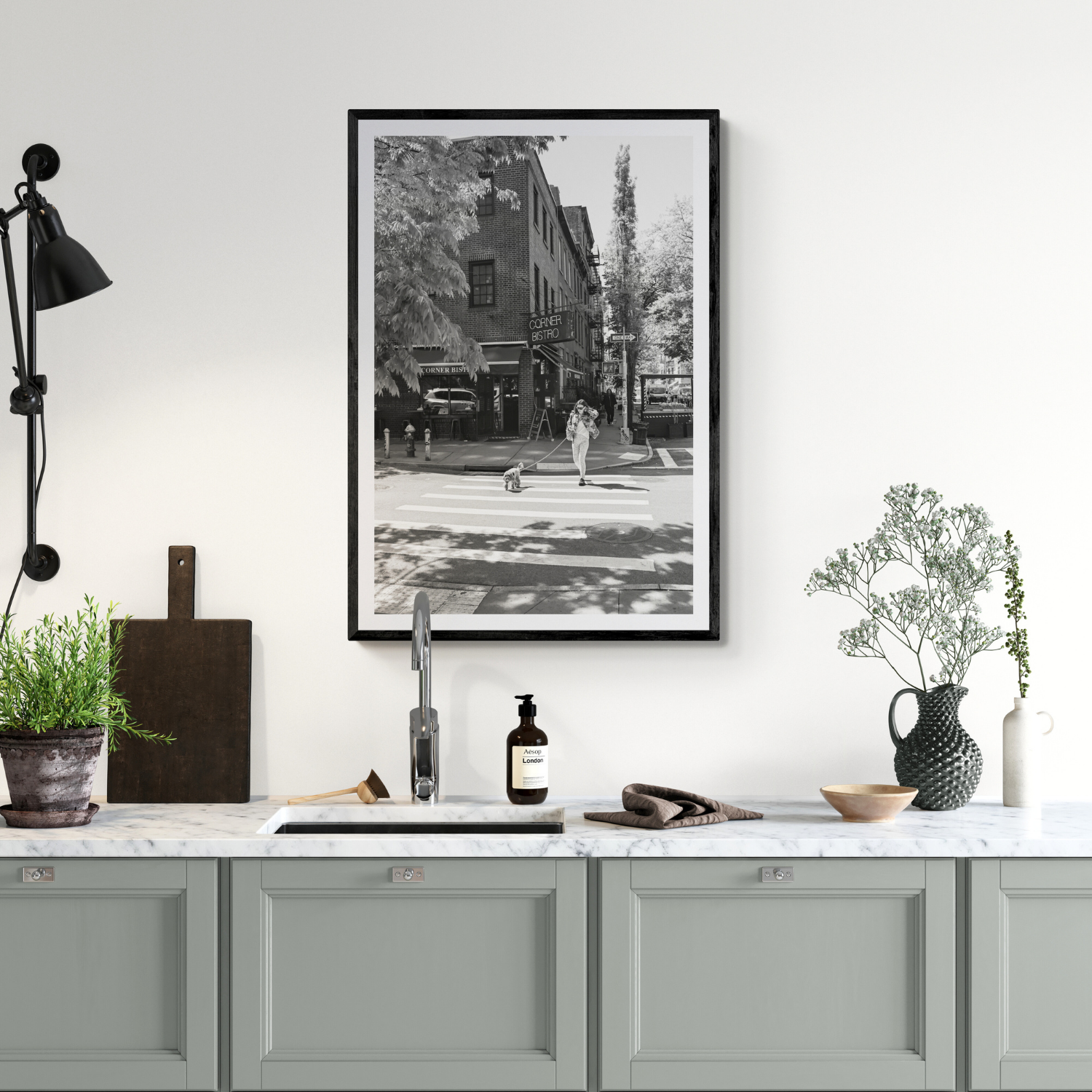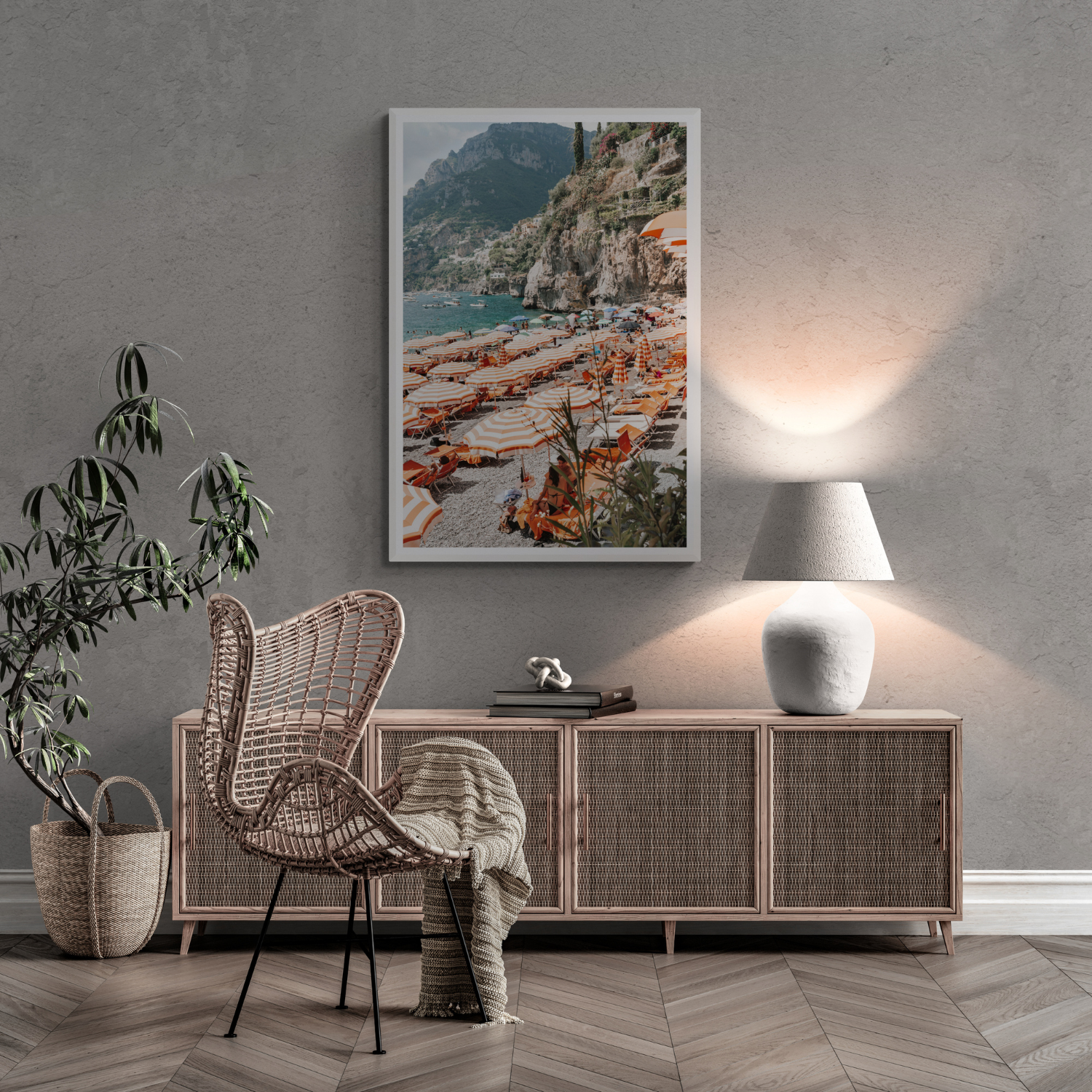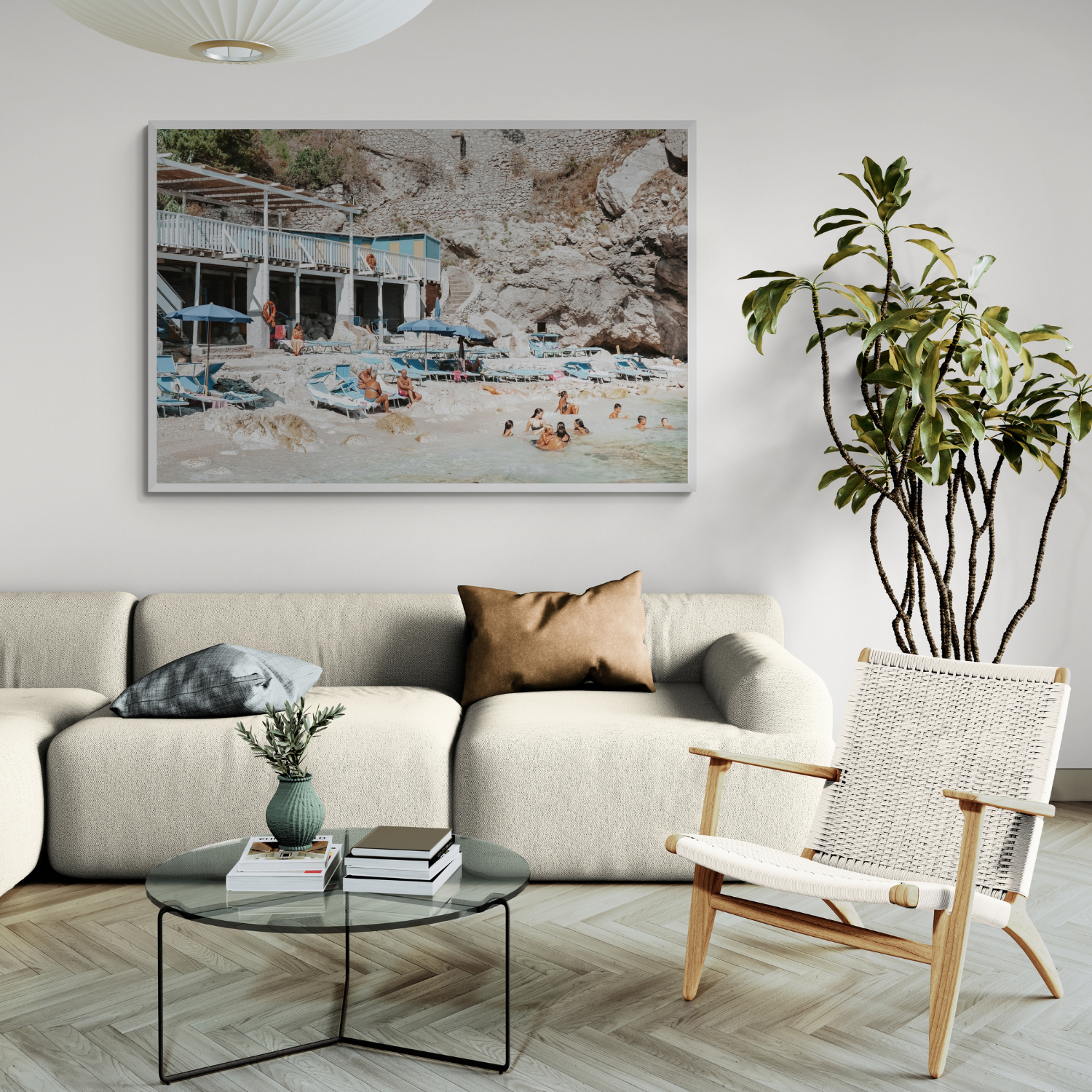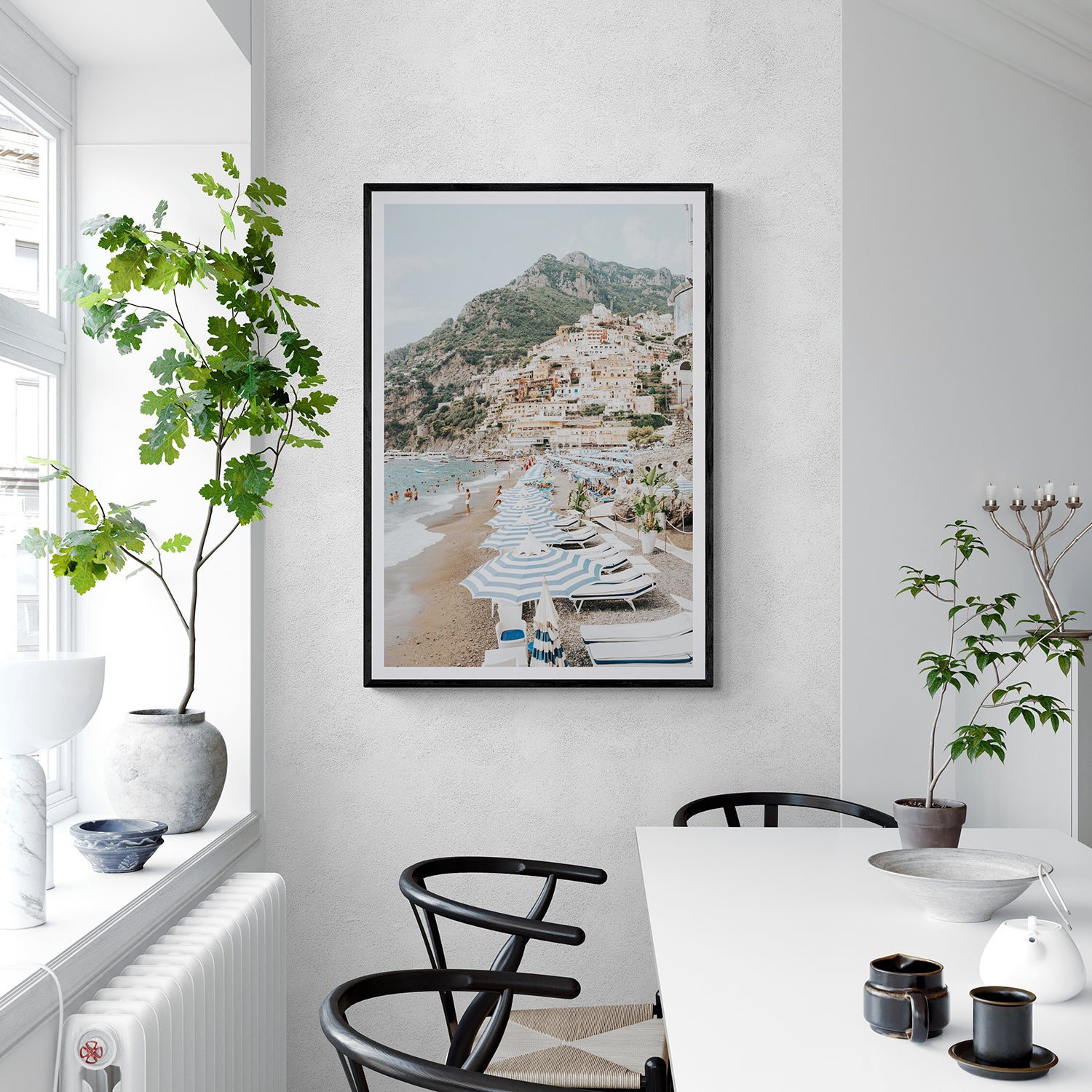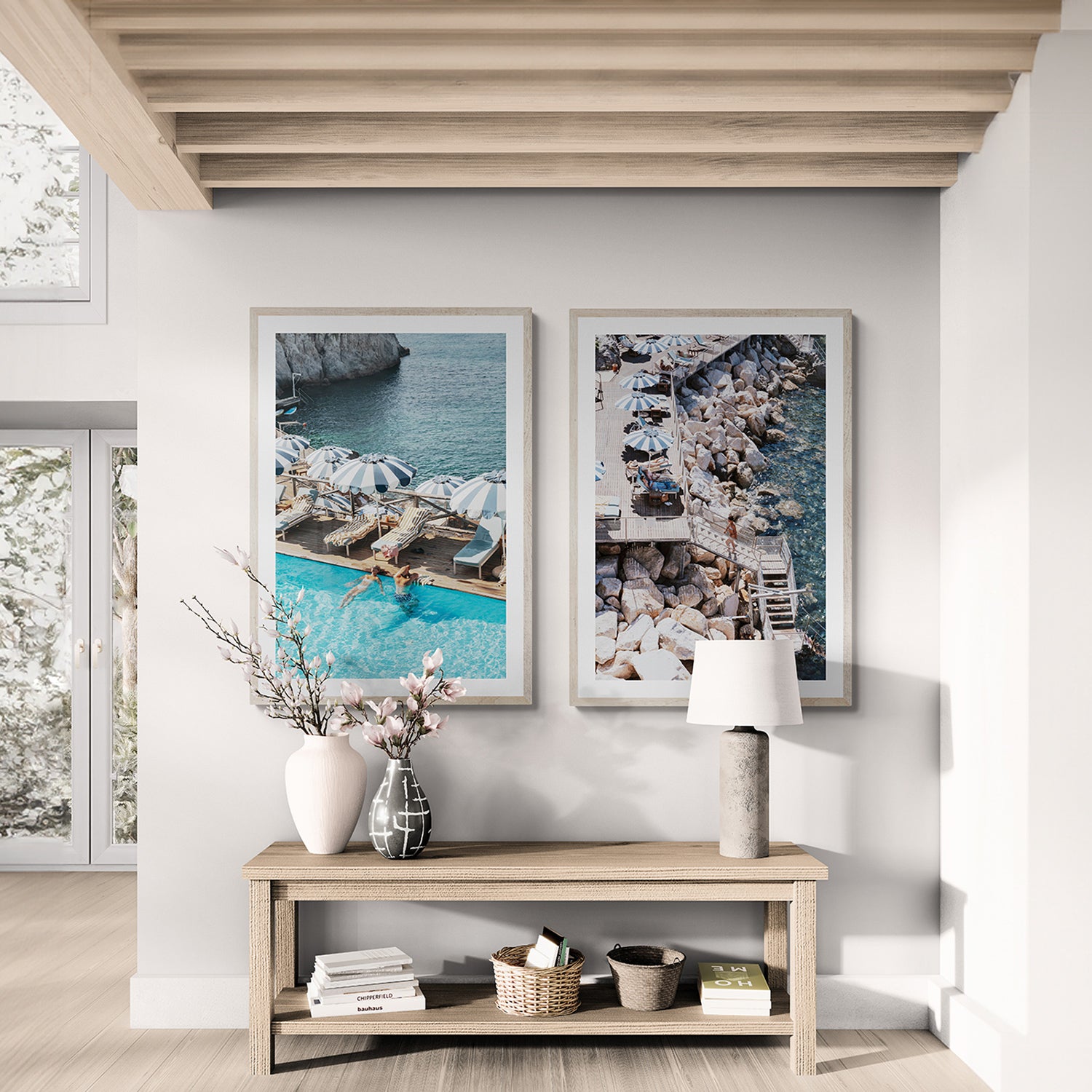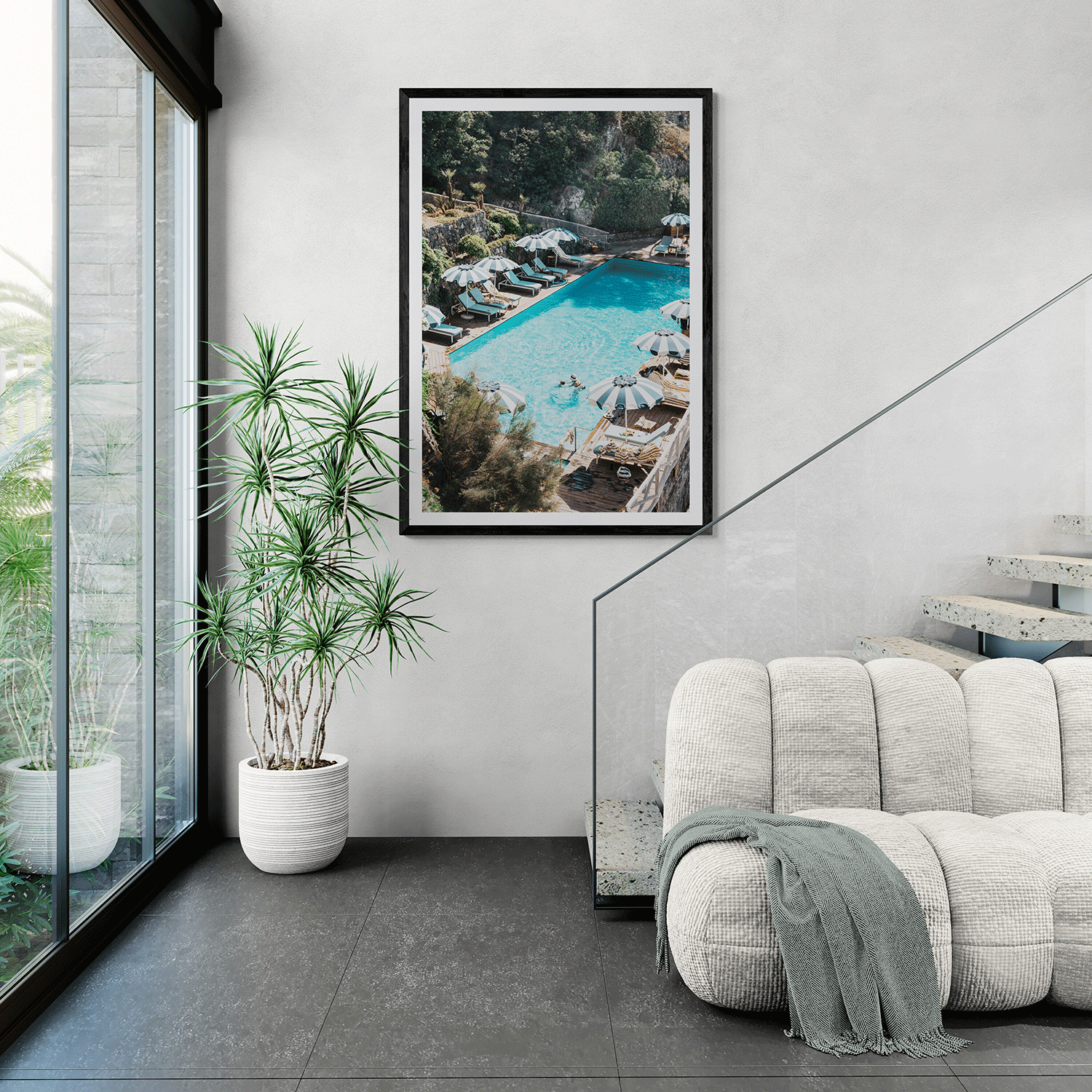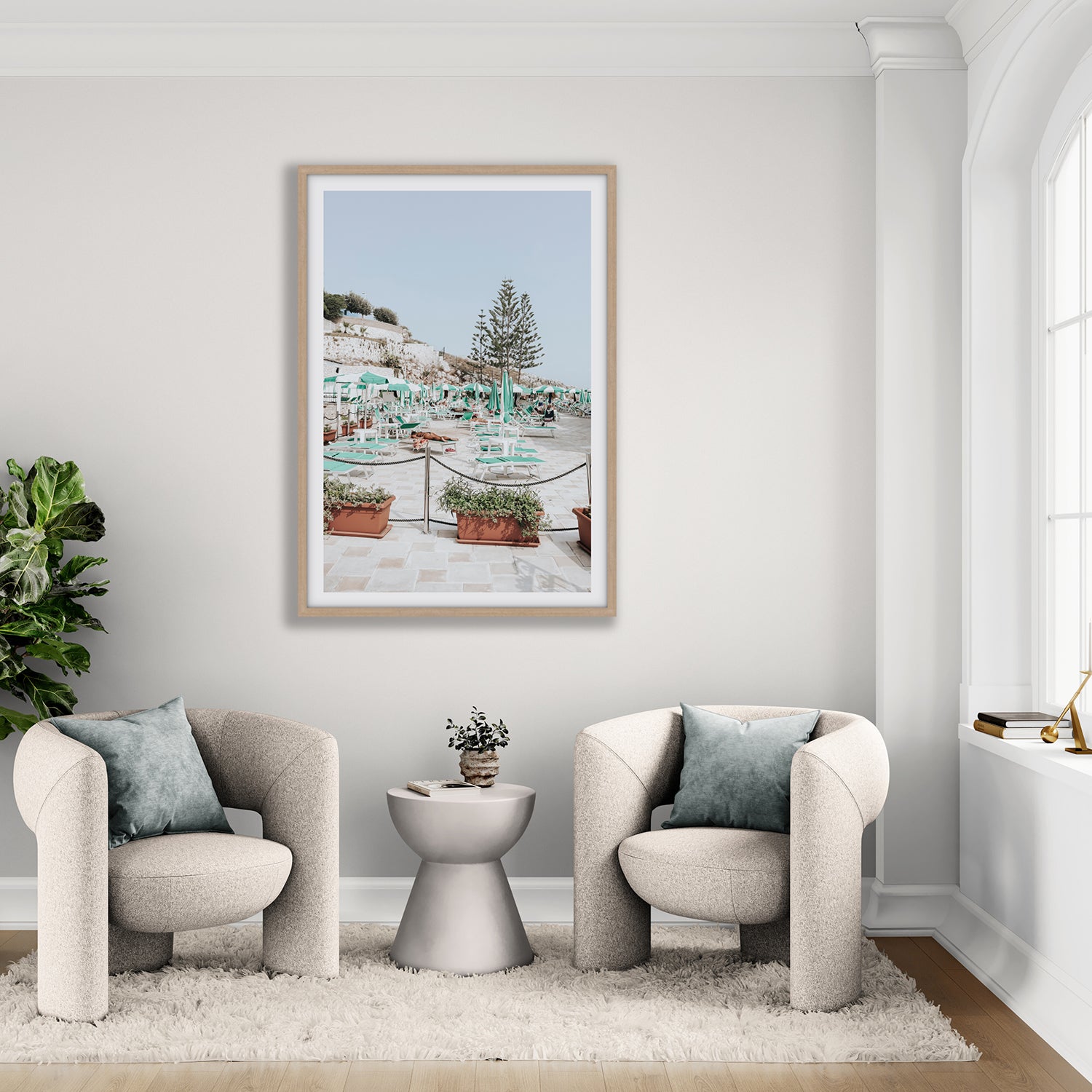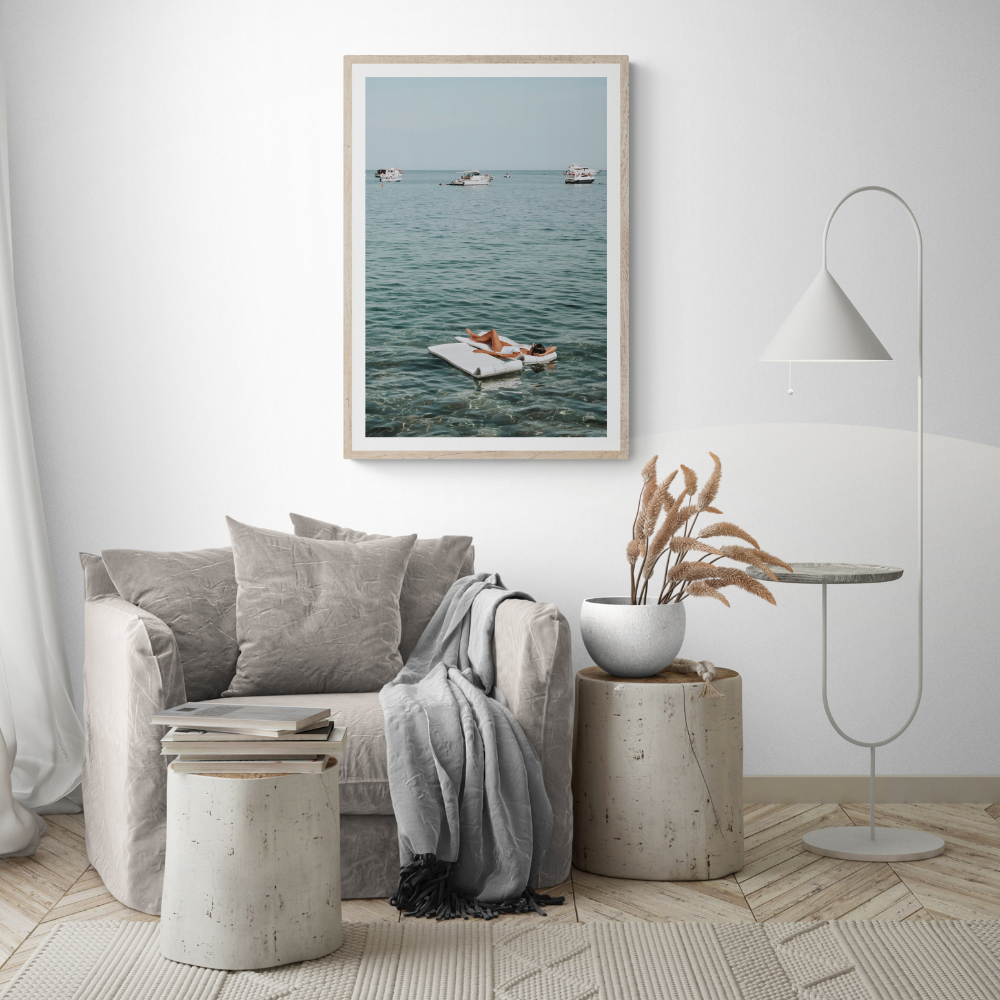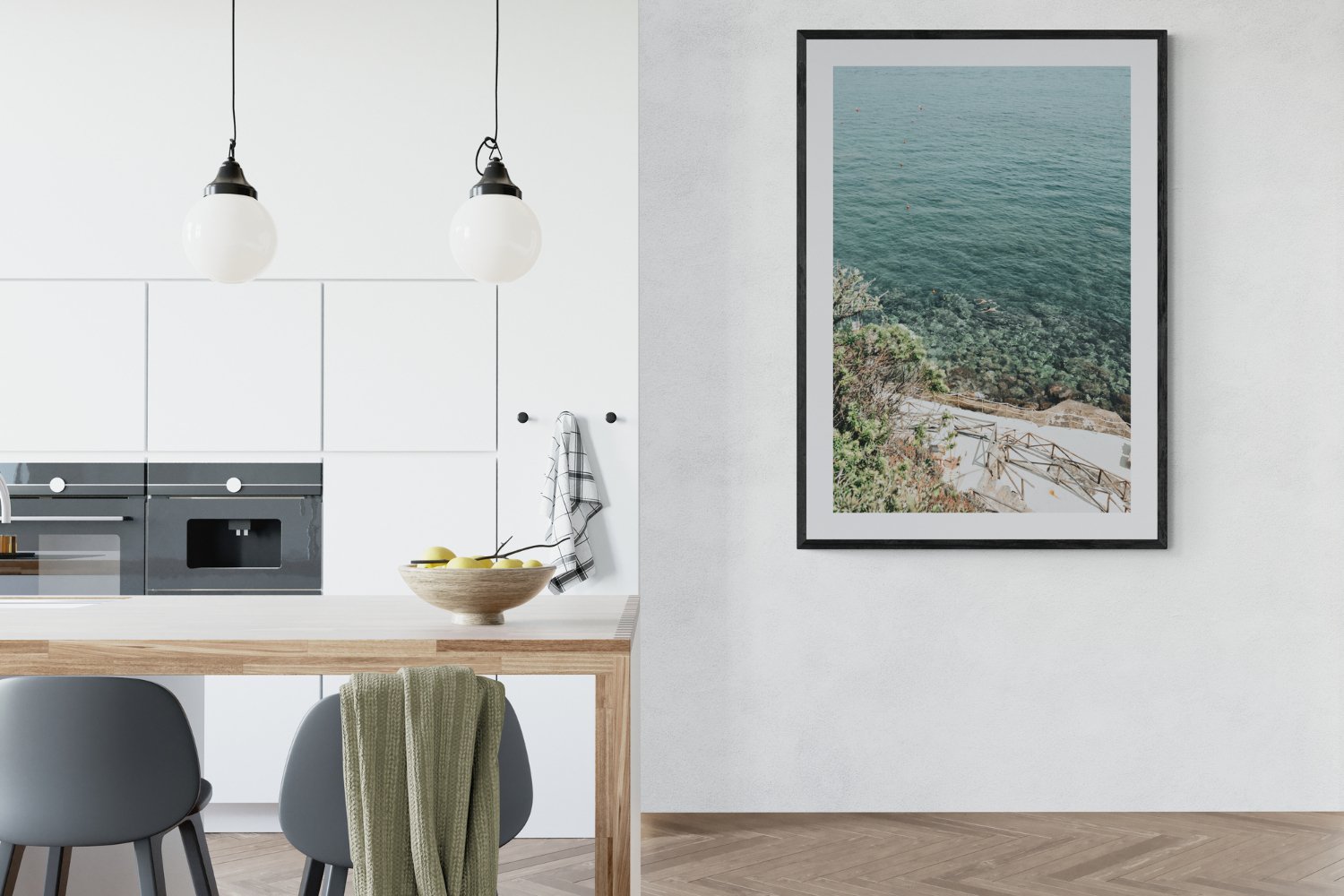6 Interior Design Do’s and Don’ts for Beginners
Whether you’ve just moved into a new home or are looking to revamp your existing space, interior design can be both exciting and overwhelming. With so many options and styles to choose from, it can be difficult to know where to start. Here are five interior design do’s and don’ts for beginners to help you create a beautiful and functional living space.
Do: Plan Ahead
Before you start purchasing furniture or picking out paint colours, take the time to plan out your space. Think about the functionality of each room and how you want to use it. Consider factors such as natural light, traffic flow, and storage needs. Make a list of the items you need and prioritize them based on your budget and timeline. By planning ahead, you’ll be able to create a cohesive design that meets your needs and reflects your personal style.
Don’t: Rush Into Purchases
It can be tempting to want to fill up your space with new furniture and decor right away. However, rushing into purchases without careful consideration can lead to costly mistakes. Take the time to research products and compare prices before making a purchase. Consider factors such as durability, comfort, and style. Don’t be afraid to ask for recommendations from friends or family members who have similar tastes or have experience with certain brands or products.
Do: Incorporate Your Personal Style
One of the joys of interior design is the opportunity to express your personal style. Whether you prefer a minimalist aesthetic or love bold colours and patterns, there are endless ways to make your space reflect your personality. Start by creating a mood board or collecting inspiration images to help guide your design decisions. Use colours, textures, and patterns that speak to you and make you feel at home. “Be faithful to your own taste because nothing you really like is ever out of style.” ― Billy Baldwin
Don’t: Overdo It with Trends
While it can be tempting to follow the latest trends in interior design, it’s important to remember that trends come and go. Instead, focus on creating a timeless design that will stand the test of time. Incorporate trends in small doses, such as with throw pillows or artwork, that can easily be swapped out when the trend fades. Stick to classic design elements, such as neutral colours and quality furniture, that will always be in style.
Do: Pay Attention to Scale and Proportion
When it comes to interior design, scale and proportion are key. Choosing furniture and decor that is too large or too small for a space can throw off the balance and make the room feel uncomfortable. Use the size of your room as a guide for choosing furniture and decor. For example, a small living room may benefit from a love seat and a pair of armchairs rather than a large sectional sofa. Use visual tricks such as mirrors and artwork to create the illusion of more space in smaller rooms.
Don’t: Forget About Lighting
Lighting is an important factor in creating a comfortable and functional living space. Consider the natural light in your space and how it changes throughout the day. Use a combination of overhead lighting, table lamps, and floor lamps to create a warm and inviting atmosphere. Don’t forget about task lighting in areas such as the kitchen or home office where focused lighting is necessary.
Interior design can be a fun and rewarding process for beginners with the right mindset and approach. By planning ahead, incorporating personal style, paying attention to scale and proportion, and considering lighting, you can create a beautiful and functional living space that reflects your personality and meets your needs. Avoid rushing into purchases and overdoing it with trends to ensure a timeless and cohesive design. Happy decorating!


